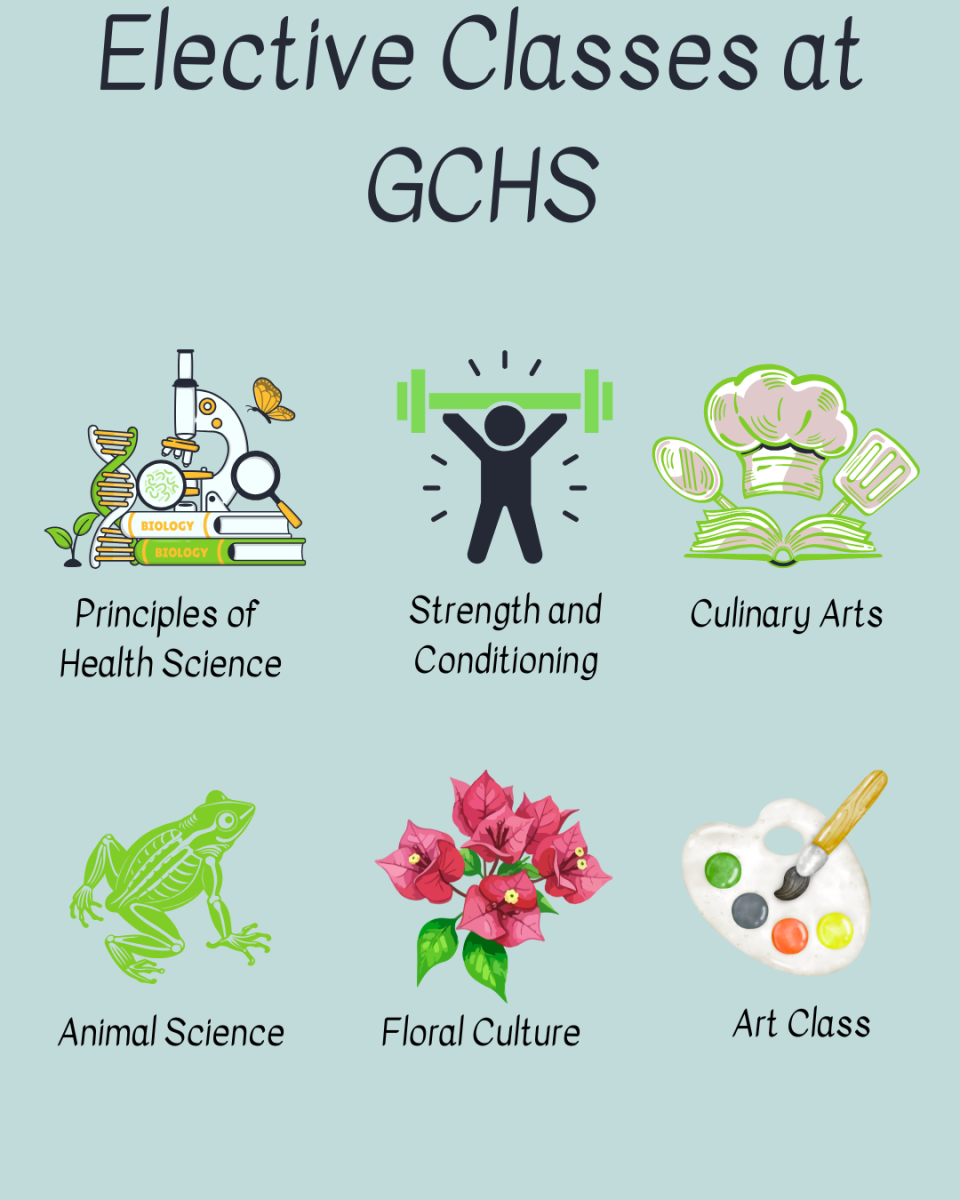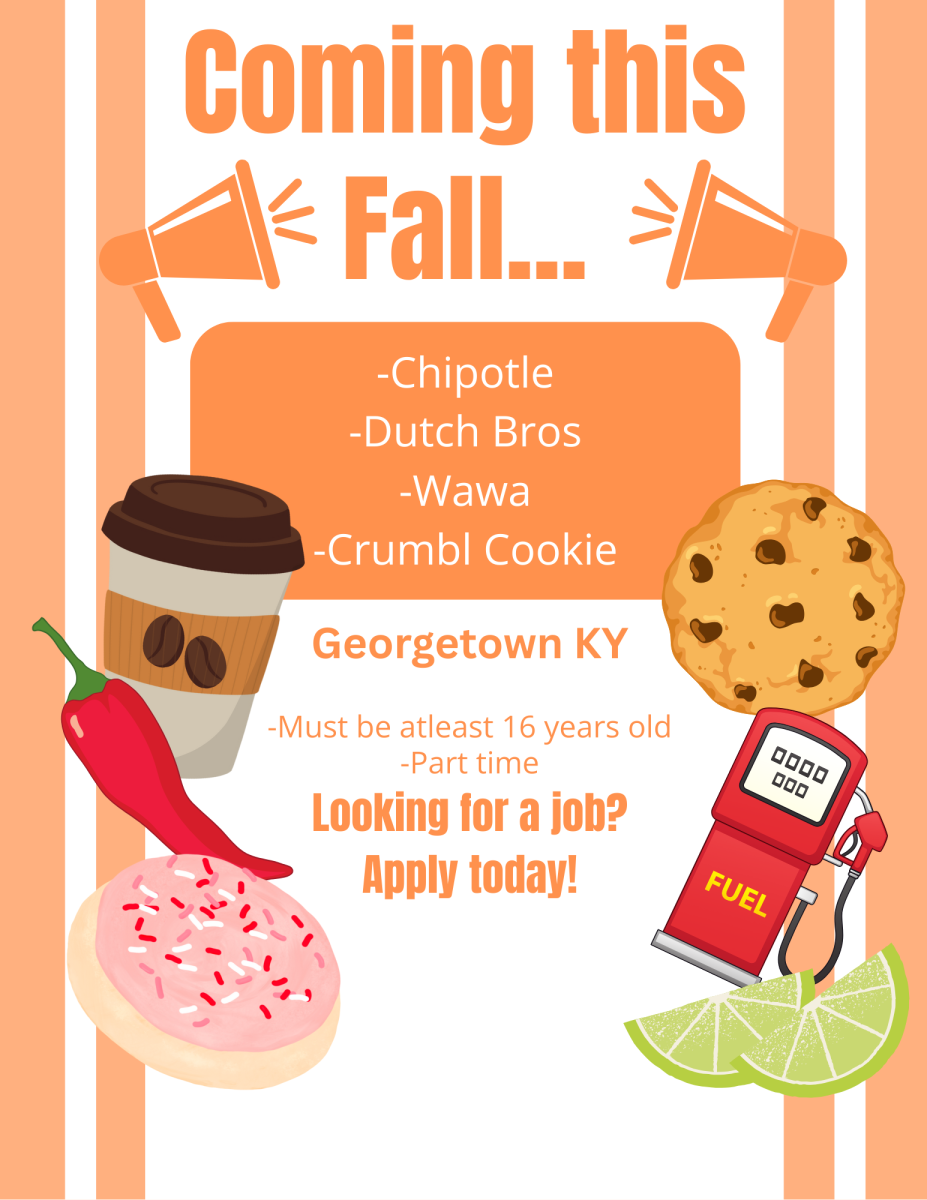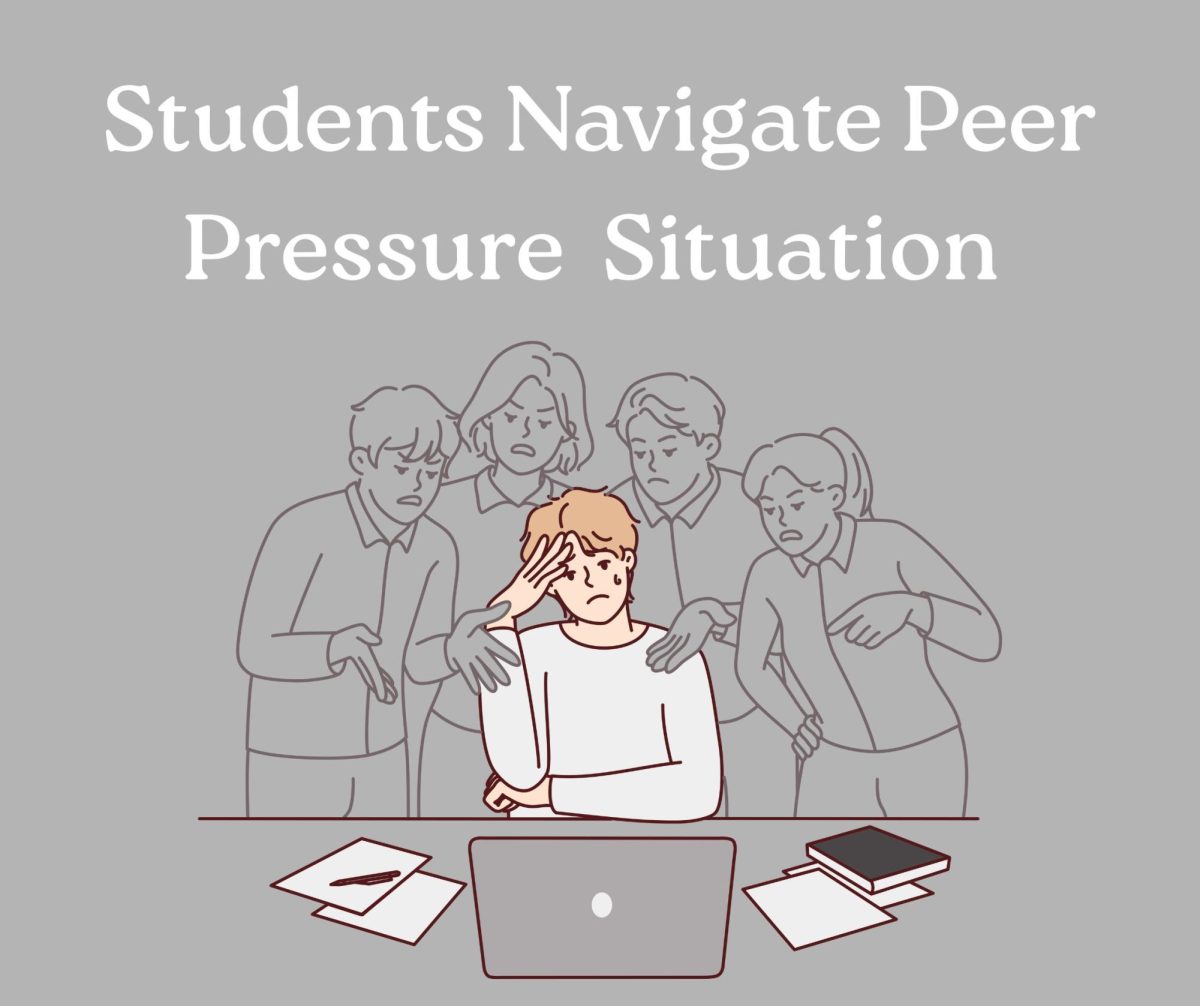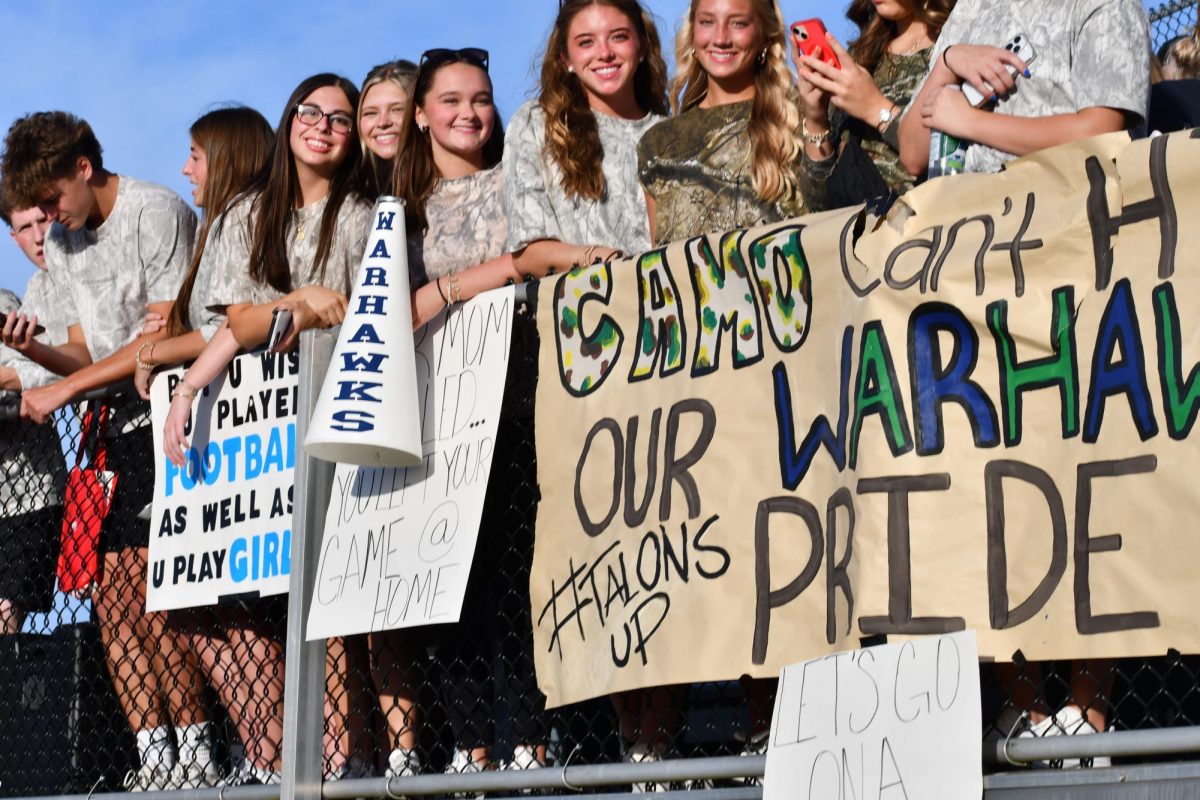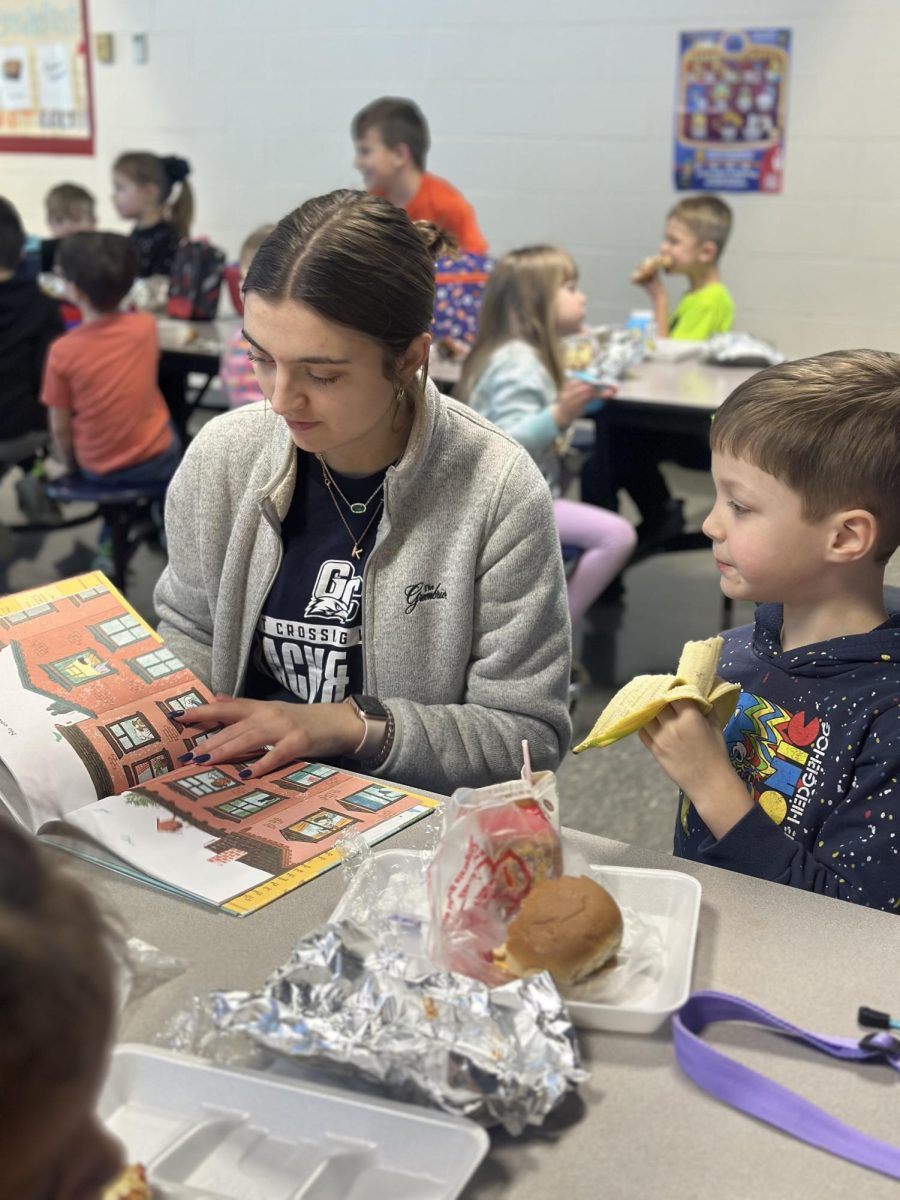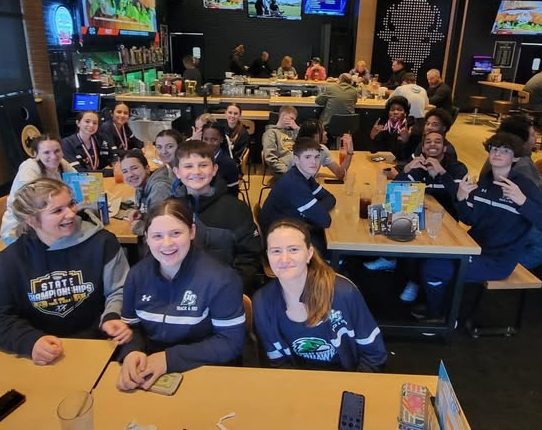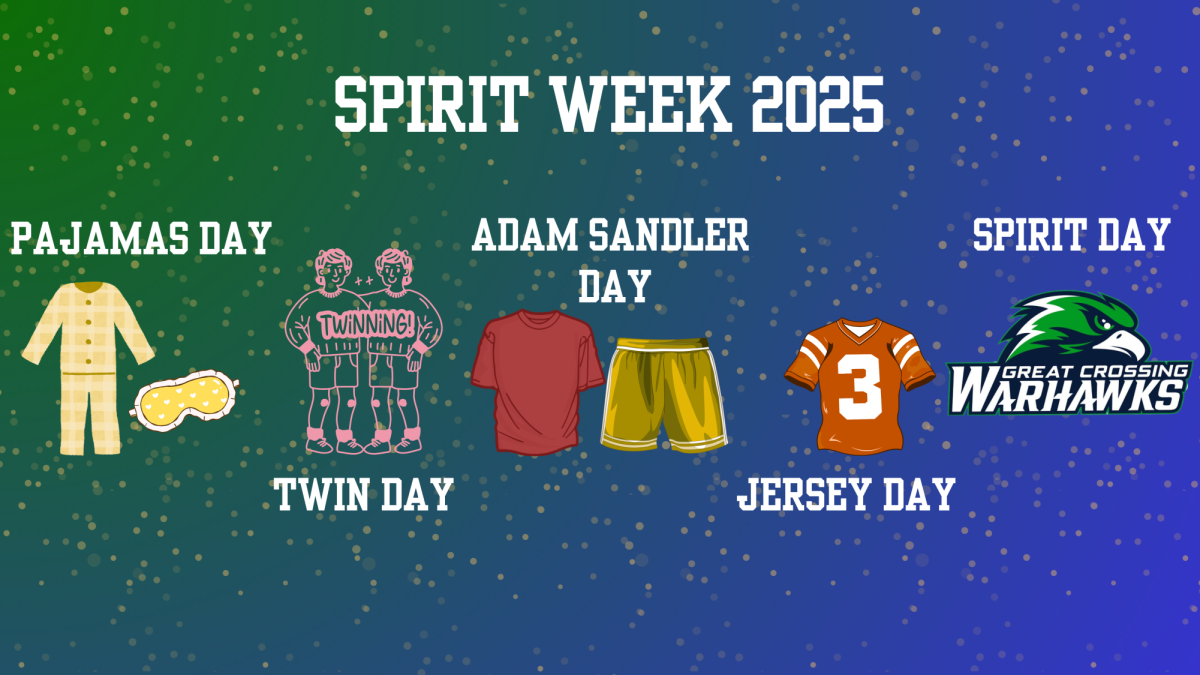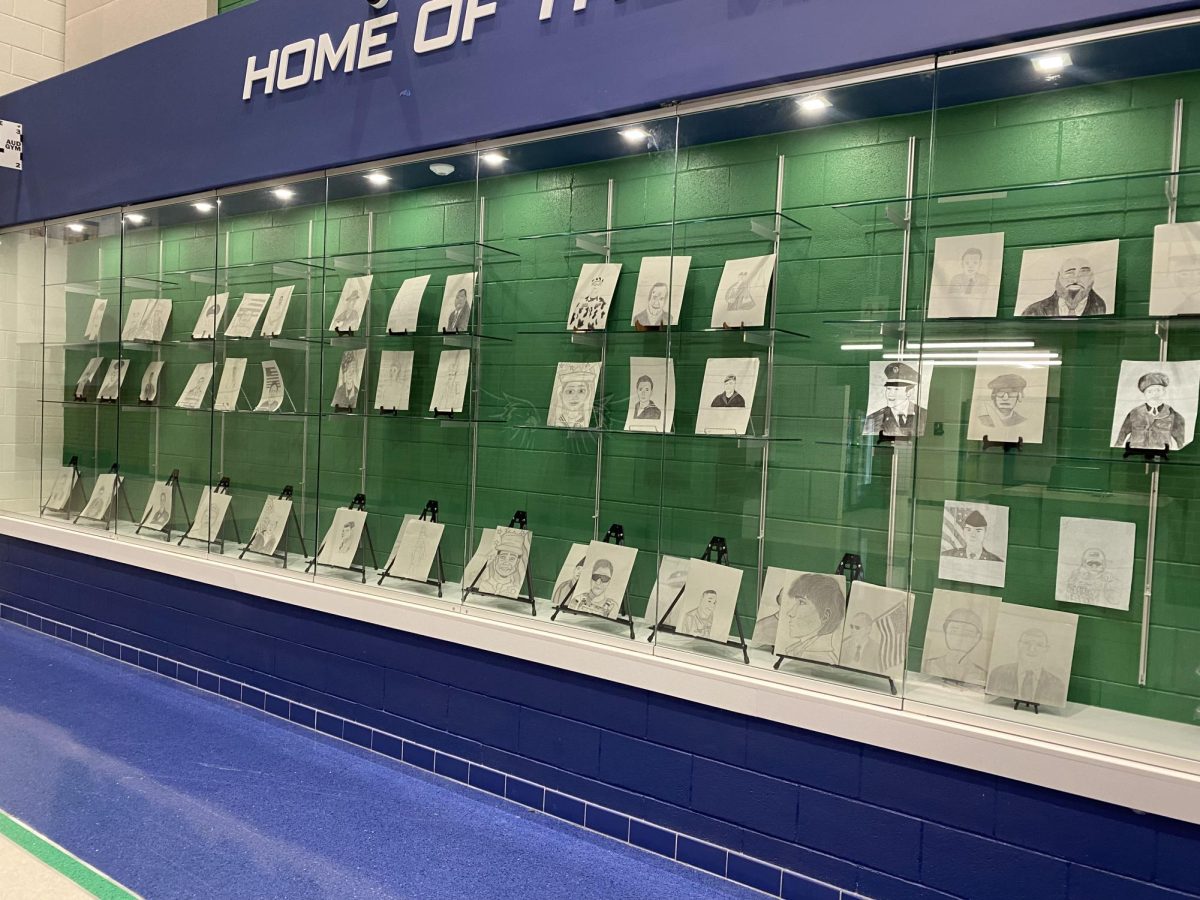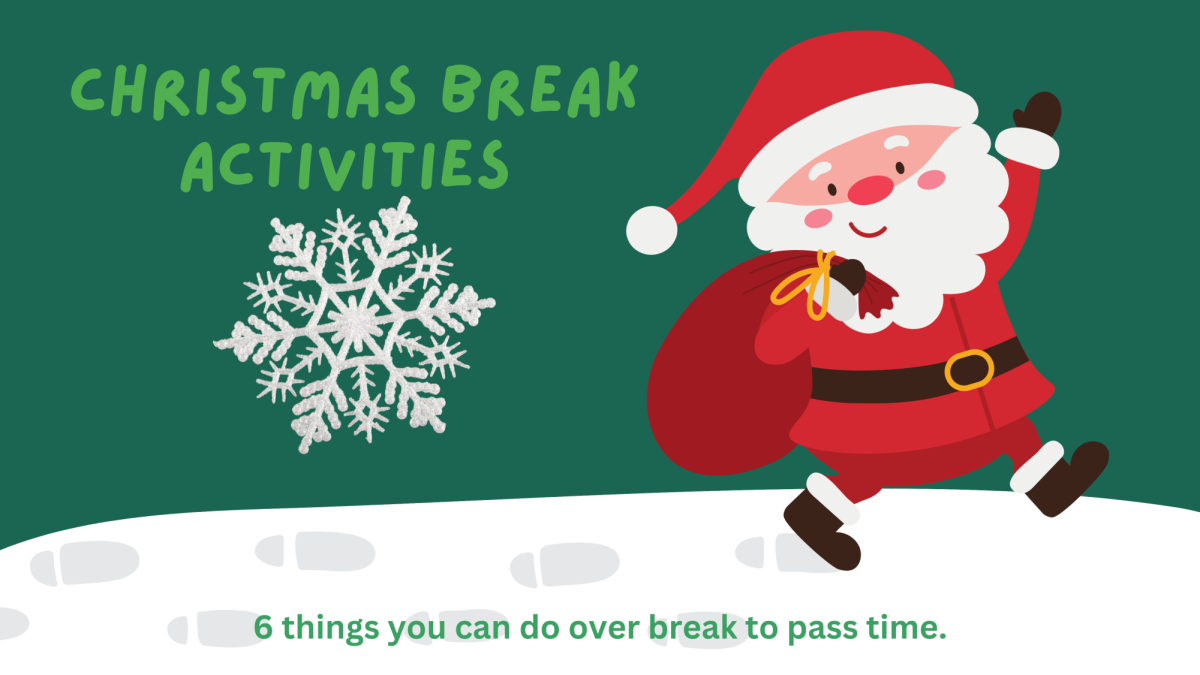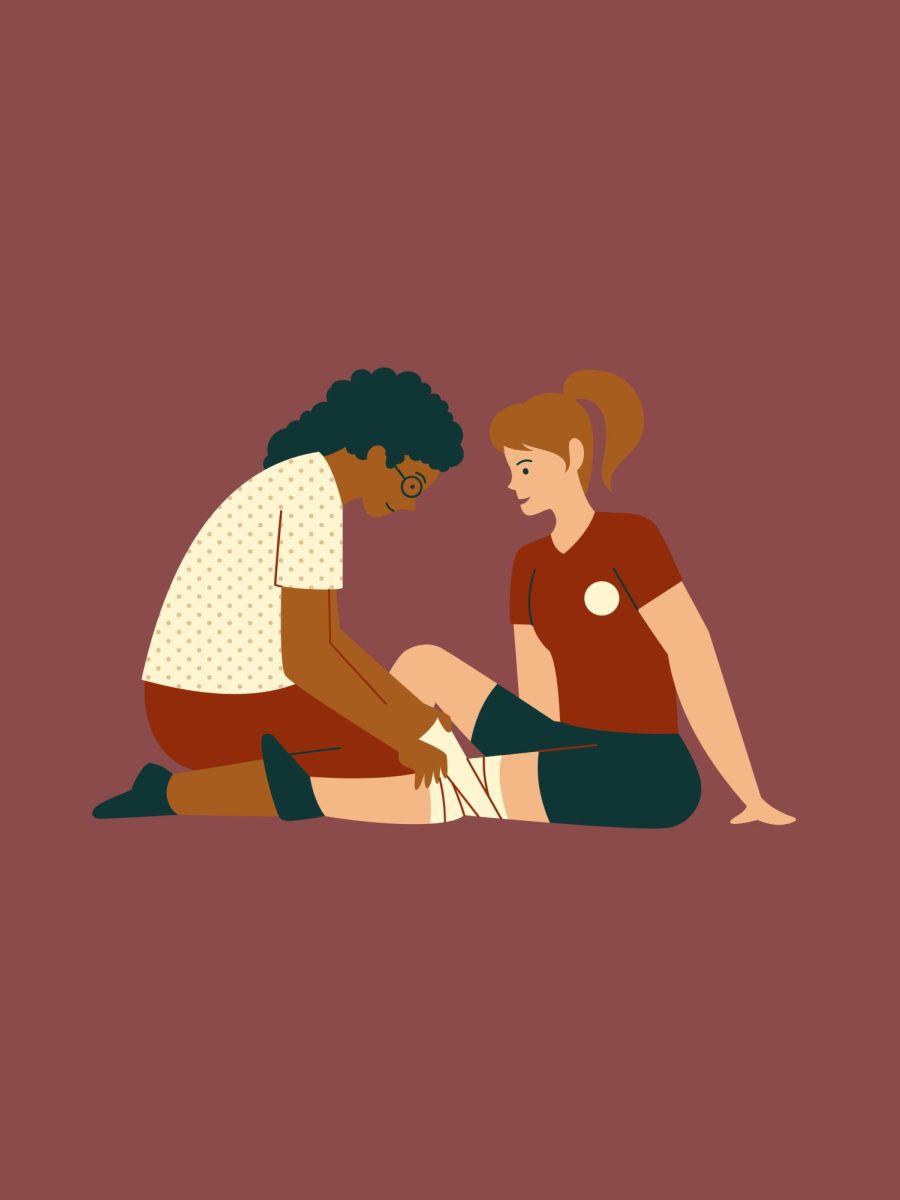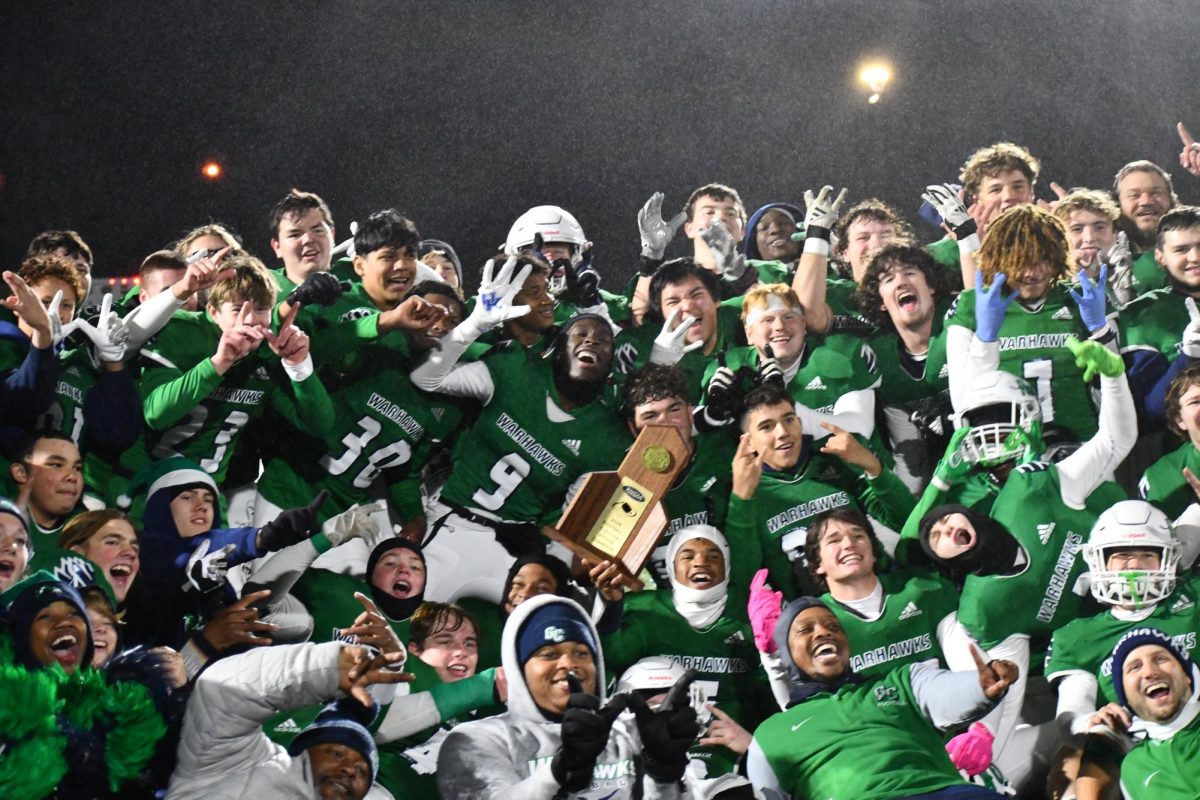Injuries are a reality of sports that all athletes have to unfortunately worry about. These injuries can range from minor sprains to serious fractures, concussions, and even ACL tears, which can seriously impact a young athlete’s academic performance and their ability to take the field. Many injuries require major surgeries and long recovery times that are both physical and mental due to the impact they can have on a high school athlete’s experience.
While there is never a good time for an injury, some athletes acknowledge that there are certainly worse times to get injured than others. Junior Clayton Shaddix experienced an ankle injury during wrestling season this year–at the worst possible time–the state competition. “I injured my ankle at the wrestling state tournament. The timing was really unfortunate for me. I was only two rounds into the state tournament and was predicted to place in the top 3.”
Shaddix was frustrated due to the timing of the injury since it caused him to have many “what ifs.” What if I had competed? Would I have placed in the top 3? What if this injury kept him from earning a state title? What if this increases the chances for a spot on a collegiate team? Injuries and the timing often lead to many emotions that must be processed.
Athletes are accustomed to handling strong emotions that come from competitive play, but there’s an entirely different range of emotion that comes due to being injured. Athletes can often feel anger, frustration, and sadness and they have to find a way to work through and process those emotions. Senior Kamorah Tillman experienced an injury in a pre-season practice before the start of the official season. Tillman went to the doctor after a few days of discomfort and learned that she had a torn AC in her left knee, along with a medial meniscus tear and a lateral meniscus posterior horn root tear, that would require surgery and weeks of physical therapy and rest to fully recover.
After receiving this diagnosis, she was flooded with many emotions. “I was out the entire soccer season. I was on crutches for most of it, but even after that there was no way for me to be cleared for any part of the season.”
While Tillman was unable to take the field with her teammates, she took on a role of being the team’s chief cheerleader from the sidelines. However, this was also difficult for her to experience. “I felt awful on the sideline. I was still at every game and practice, and I put on a smile while I was there.”
With physical injuries there is also a mental factor going on within athletes. As for Tillman she feels that she really let her team down with being on the sidelines and not being able to help out. “I was crushed not being able to play, and I felt like I was abandoning my team, even though I couldn’t do anything about it. I did everything I could to stay involved, but it was hard to be there and not actually be able to play.”
Getting back to the sport that they love is usually a priority for athletes after injuries, but the road to recovery isn’t always a quick one or a smooth one. Junior Kenzie Hughes has had some ups and downs during her sophomore and junior track seasons. An injury towards the end of her sophomore year required that she rest over the summer. She was excited to return to the sport she loves for her junior year, although it wasn’t almost a smooth path. “I had to stop running the remainder of my outdoor season.” Her injury required that she move back into a boot to help heal. But her time away from track didn’t end once the boot was able to be set aside. “When I got out of my boot, I still wasn’t able to run for another two weeks,” Hughes explained.
Some athletes always worry about whether or not they will experience an injury again after the first one. Hughes is one of those. She said, “I am always cautious after this injury. Now I take more precautions to make sure I can reduce my chance of getting this same injury again.”

